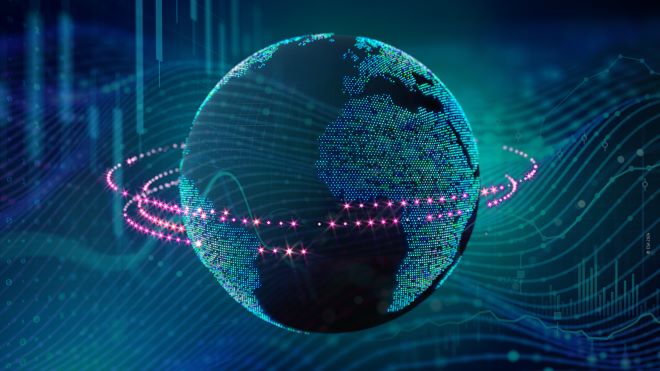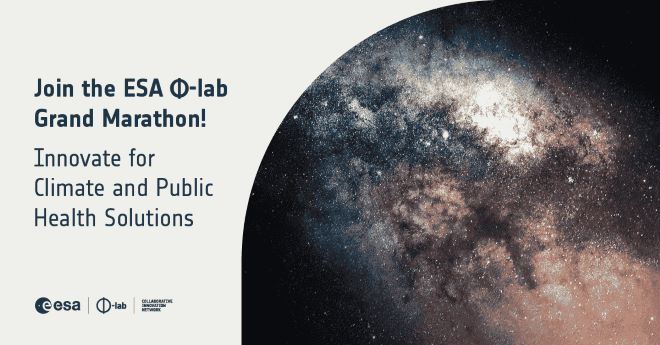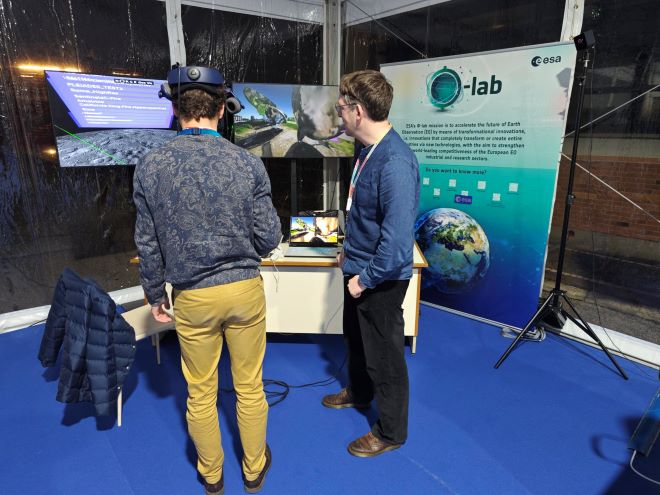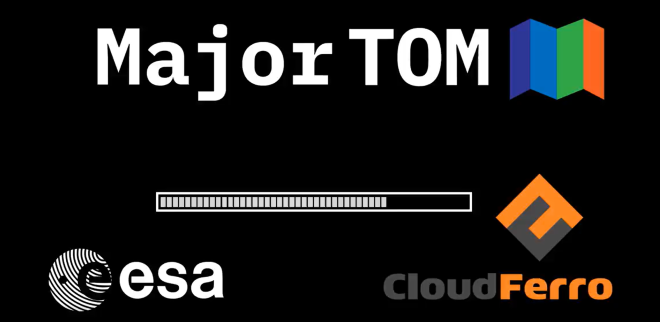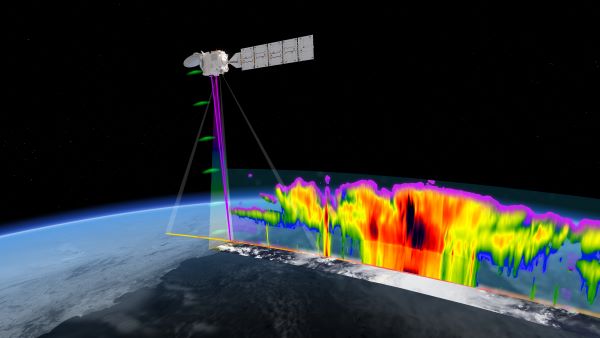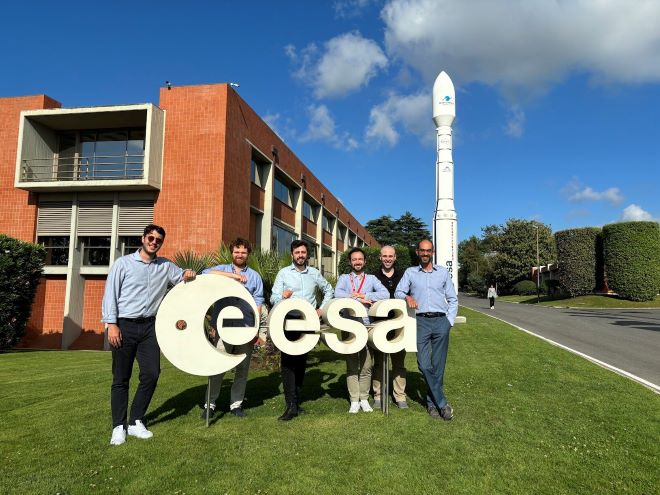|
Dear Φ-lab community,
With the new year in motion and the holidays behind us, we are excited to share some fresh news to kick off 2025. At ESA Φ-lab, innovation continues at full speed, and we are thrilled to announce the latest developments at the intersection of Quantum Computing and Earth Observation.
The Quantum Computing for Earth Observation (QC4EO) initiative has been set up to tackle the most computationally demanding EO problems, with the much-anticipated Quantum Computing capabilities of the next computer generation. QC promises to improve performance, decrease computational costs and solve problems in EO by exploiting quantum phenomena such as superposition, entanglement and tunnelling.
In collaboration with several research centres and companies, the QC4EO initiative is aiming at the creation of QC competences at ESA to support programmes like Destination Earth (DestinE), the Digital Twin of Earth, Copernicus, and the full EO community.
This initiative will follow three main roots: contractual activities (e.g., invitation to tender), exploratory activities (e.g., internal research and development) and networking (e.g., through workshops and conferences).
Building on top of QC4EO and QA4EO study, Φ-lab launched a new industrial activity: Towards Operational Quantum Computing for Earth Observation. This new activity aims to implement in simulation QC4EO use cases and test the simulated solution on real hardware with an operational focus.
Additionally, together with visiting professor Gabriele Cavallaro, Φ-lab will be part of a new technical committee in the IEEE Geoscience and Remote Sensing Society about Quantum Technologies for Earth Observation. Representing Φ-lab, Alessandro Sebastianelli will be leading the working group – a branch of the technical committee – on QC4EO. Stay tuned for more news at grss-ieee.org.
And as always, watch this space for more news about groundbreaking advancements in EO.
Wishing you all a great 2025!
The Φ-lab team
|
